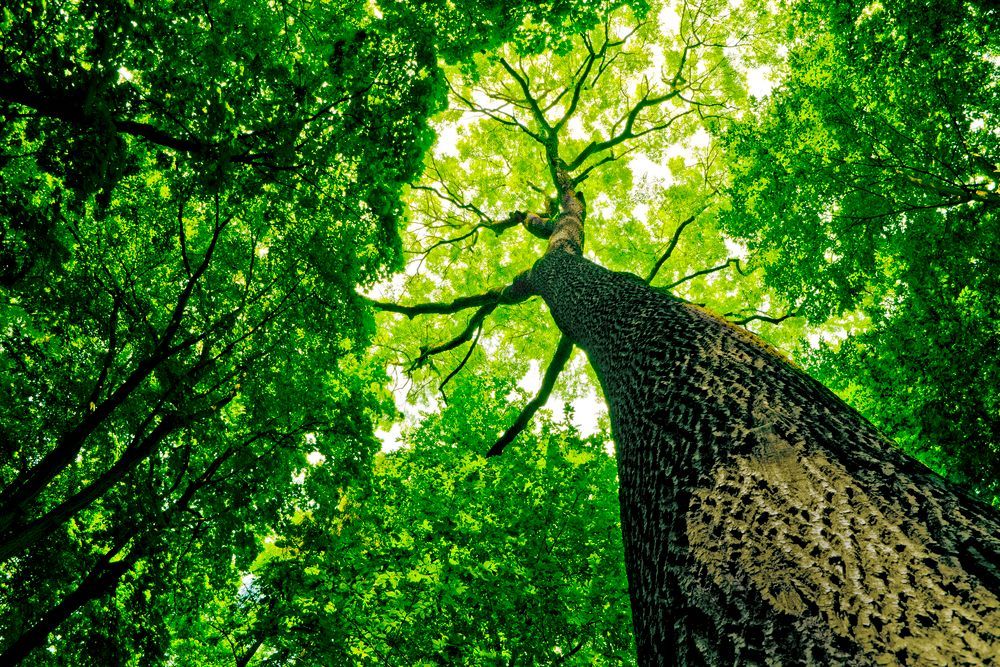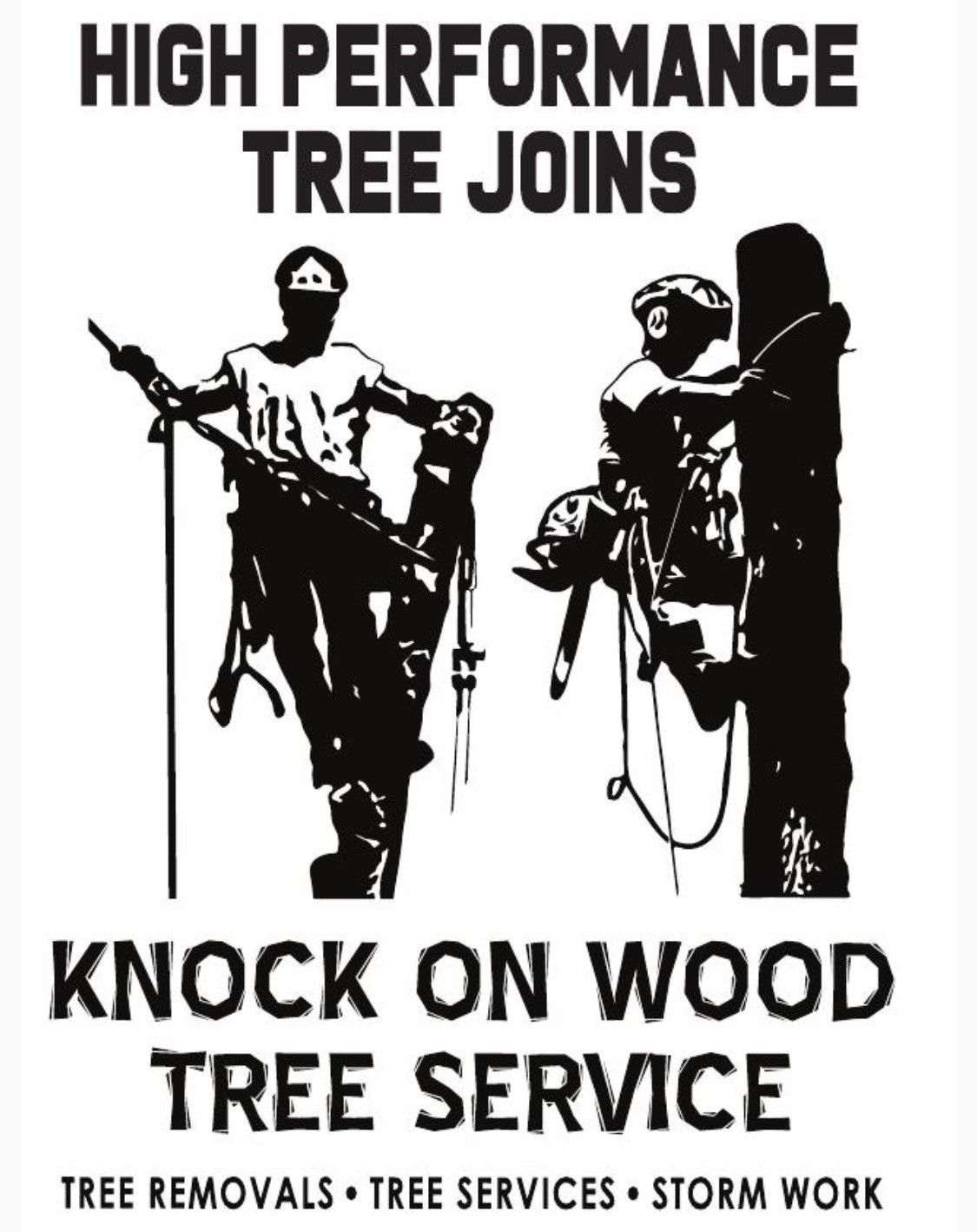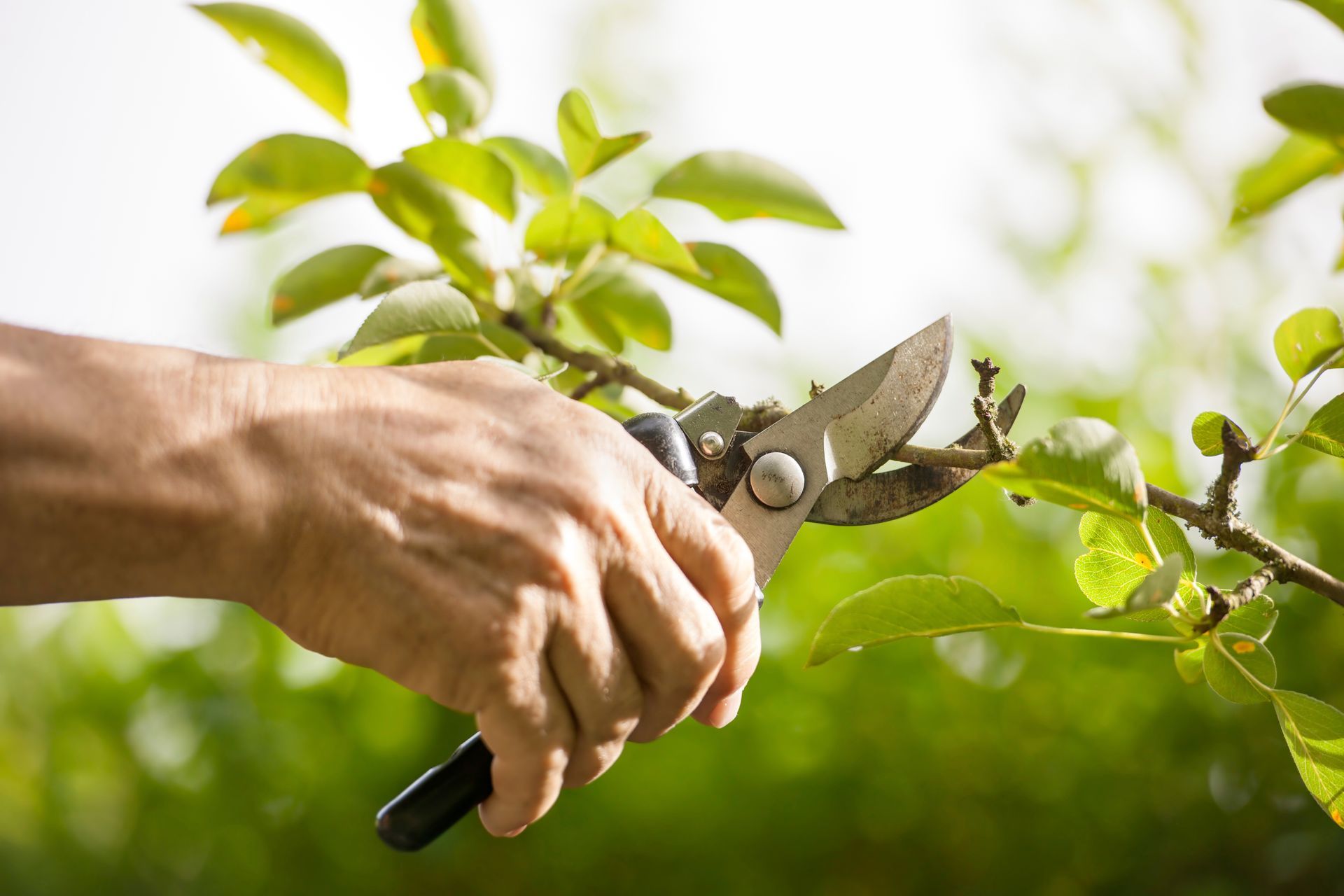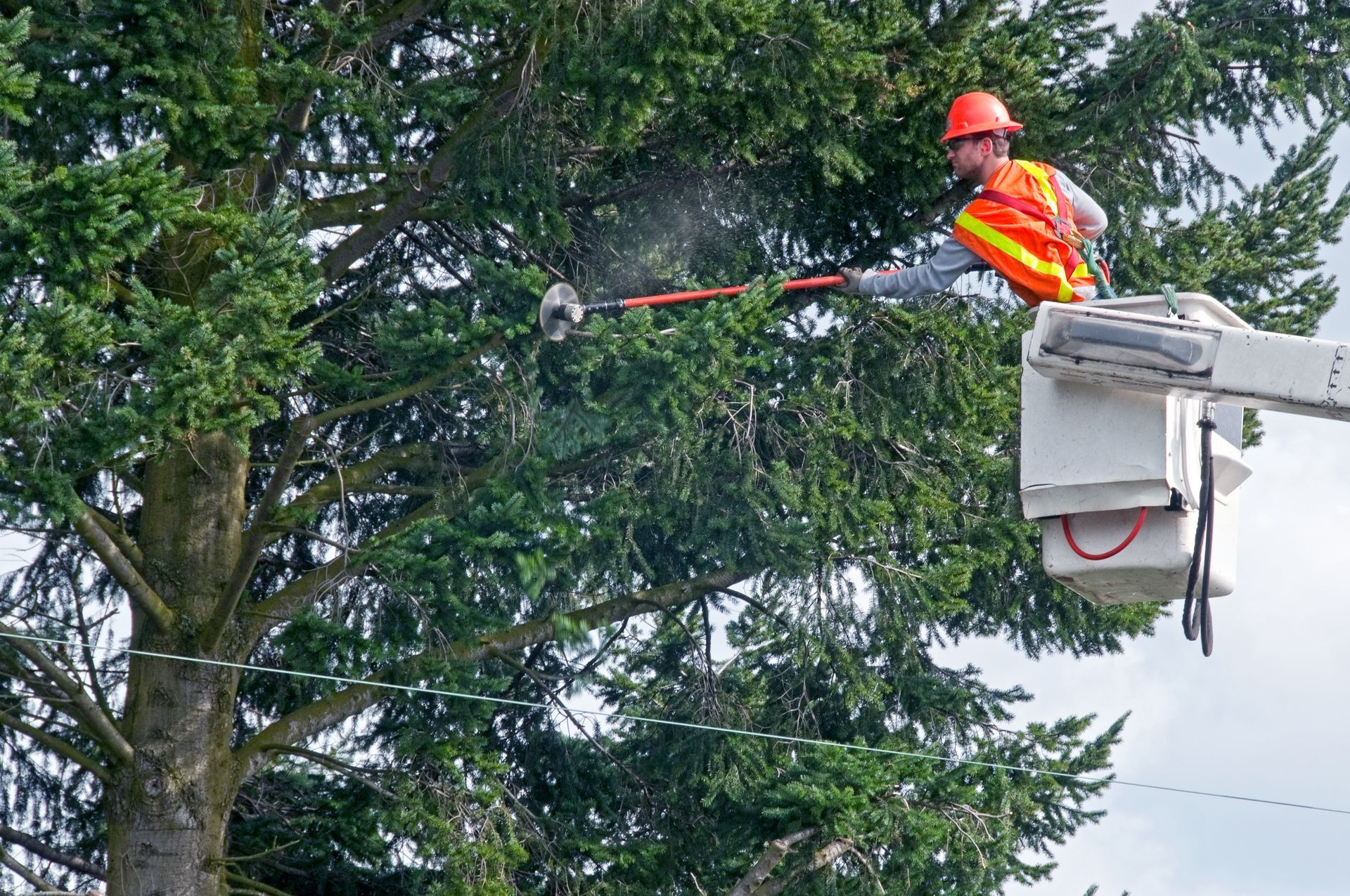When to Remove a Tree: Signs You Shouldn't Ignore

Trees are essential to our environment, providing shade, beauty, and fresh air. However, sometimes trees need to be removed for safety reasons. Here are some signs that you may need to remove a tree.
The Tree Shows Signs of Dying
A clear indication that a tree requires removal is its evident decline, signaling potential death. Observable symptoms of a dying tree include sparse foliage, discolored or wilting leaves, and bare branches. As the tree's health deteriorates, pests and diseases may take hold, further accelerating its demise. Cracks in the trunk, fungus growth, or visible root decay are additional red flags.
When a tree is in this state, removal becomes a prudent choice to prevent potential dangers and to promote overall environmental well-being. Professional assessment by an arborist is crucial to accurately evaluate the tree's health and determine the best course of action.
The Tree Is Leaning
A leaning tree poses a significant safety risk, particularly when it tilts towards a house or any structure. The imbalance can result from various factors, such as soil erosion, root damage, or adverse weather conditions. As the tree leans, it compromises its stability and increases the likelihood of falling.
This situation becomes perilous as the tree's weight shifts away from its center of gravity, making it susceptible to uprooting or collapsing. The potential consequences include damage to property, injury, or even loss of life.
The Tree Is Hollow
A tree becomes hollow through a natural process of decay and decomposition. Typically, it starts with the invasion of fungi or bacteria through wounds in the tree's bark, often caused by physical damage, disease, or insect infestation. As these microorganisms break down the wood, they create cavities within the tree. Over time, the tree's own natural defenses may be insufficient to contain the decay, allowing the hollow space to expand.
Environmental factors such as weather conditions, soil composition, and tree species also influence the likelihood of hollowing. Certain trees are more prone to decay, while adverse conditions can weaken a tree's overall health, making it more susceptible to pathogens.
The Tree Has a Fungal Disease
Fungal diseases can kill trees, and some fungal diseases can also be harmful to humans and animals. If you notice that a tree has a fungal disease, get it inspected by a professional arborist to determine whether it needs to be removed.
The Tree Is Randomly Dropping Branches
If your tree is dropping branches without warning, it could be a sign that it is unhealthy or unstable. Falling branches can cause serious injury or property damage, so you'll need a professional to assess the situation and decide if the tree should be removed.
The Tree Is No Longer Growing Leaves
Trees typically lose their leaves in the fall, but if your tree is not growing new leaves in the spring, it could be a sign that it is dying. A lack of leaves can also make the tree more vulnerable to pests and diseases.
The Tree Is Causing Neighborly Disputes
Trees can sometimes cause disputes between neighbors, especially if they are encroaching on property lines or blocking views. If your tree is causing problems with your neighbors, it may be worth considering having it removed to avoid further conflict.
The Tree Has Considerable Storm Damage
Severe storms can cause significant damage to trees, and sometimes, the damage is so extensive that the tree needs to be removed. If your tree has been damaged in a storm, it is essential to have it inspected by a professional.
If a tree is posing a safety hazard or is no longer healthy, it is important to have it removed by a qualified professional. Knock on Wood Tree Service can inspect your tree and determine the appropriate course of action. Contact us for more information.













